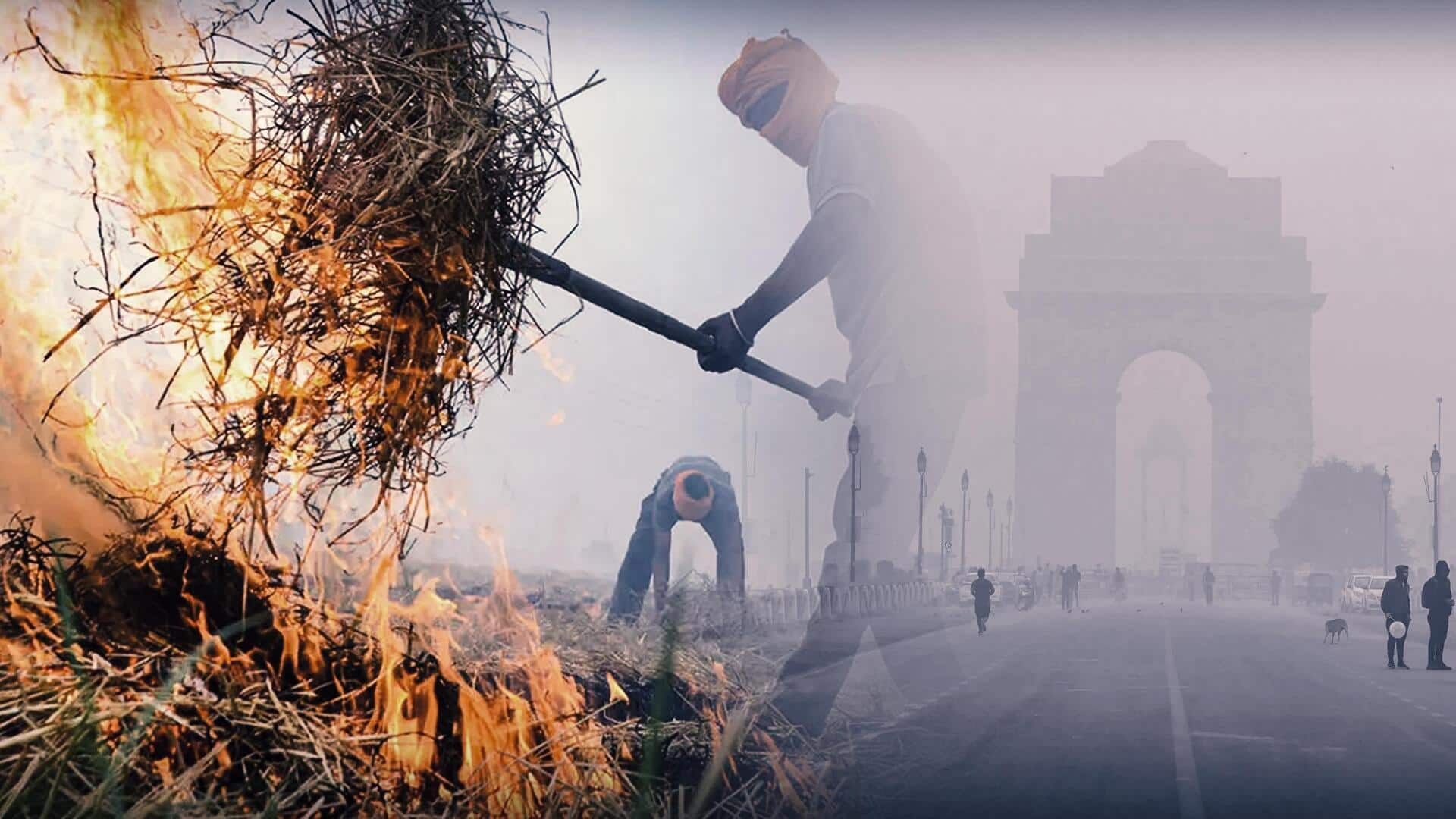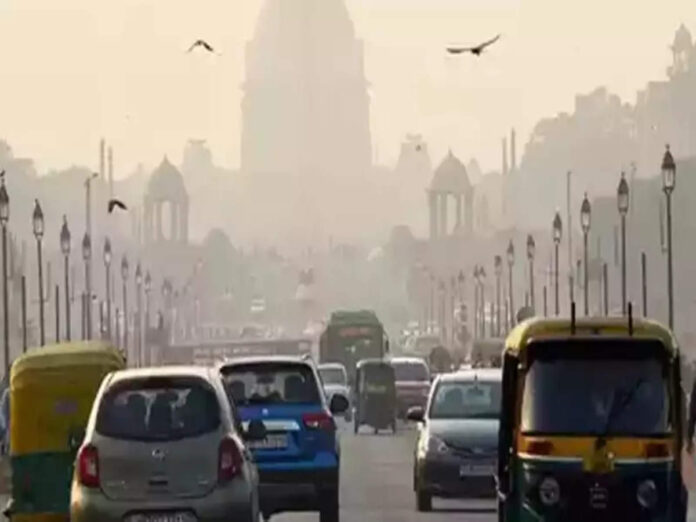Pollution has emerged as one of the most pressing issues facing Delhi and its surrounding regions, as air quality continues to deteriorate at alarming rates. The city is currently under stage two of the anti-pollution measure, the Graded Response Action Plan (GRAP), with the air quality index (AQI) hovering in the ‘very poor’ category. As pollution levels escalate, urgent measures are being called for to mitigate the environmental and health crises that Delhi faces. The Supreme Court recently criticized the Centre for making the Environmental Protection Act “toothless,” further amplifying concerns about the inadequacy of current regulations to combat pollution effectively.
Pollution in Delhi: The Worsening Air Quality Crisis
Delhi’s pollution problem is not a new phenomenon, but it has worsened over the years, particularly during the winter season. The national capital wakes up to a thick layer of smog, with the overall AQI frequently crossing 300, falling into the ‘very poor’ and even ‘severe’ categories. According to the Central Pollution Control Board (CPCB), AQI levels in certain parts of Delhi have reached critical levels, with Jahangirpuri registering an alarming AQI of 418, Vivek Vihar at 407, and Anand Vihar at 402. With an AQI between 0 and 50 considered ‘good’ and anything above 400 classified as ‘severe,’ Delhi’s air quality is raising alarms across the nation.
Why Is Pollution in Delhi Worsening?
The primary reasons behind Delhi’s worsening air quality include industrial emissions, vehicular pollution, stubble burning in neighboring states, and unfavorable weather conditions that trap pollutants close to the ground. The phenomenon of temperature inversion, where cooler air is trapped under a layer of warmer air, prevents pollutants from dispersing, further exacerbating the pollution problem. Agricultural stubble burning in states like Punjab and Haryana during this time of year contributes significantly to the toxic air in Delhi, despite repeated court orders to curb this practice. The Supreme Court has expressed frustration over the lack of compliance from local governments and institutions in controlling these pollution sources.

The Supreme Court’s Strong Stand on Pollution Control
In light of the ongoing crisis, the Supreme Court of India has taken a strong stance, reprimanding both the central and state governments for their failure to implement effective pollution control measures. The Court criticized the Centre for making the Environmental Protection Act ineffective, calling it “toothless” in the face of rising pollution. The apex court also called out the Punjab government for its failure to curb stubble burning and demanded stricter enforcement of penalties against violators. This firm stance by the judiciary has reignited the debate about whether existing laws are sufficient to tackle the pollution problem and how effectively they are being enforced.

Measures to Curb Pollution: What Can Be Done?
The pollution problem in Delhi is multifaceted, requiring a comprehensive approach to control and eventually reduce its effects. Immediate and long-term actions need to be taken to address the root causes of pollution. Here are some key measures that can be taken:
- Strict Enforcement of Anti-Pollution Laws: The government must ensure that existing regulations under the Environmental Protection Act and other laws are enforced rigorously. Industries that violate emission standards should be penalized, and monitoring systems should be enhanced to track compliance more effectively.
- Reducing Vehicular Emissions: Delhi’s roads are congested, and vehicles are one of the largest contributors to air pollution. Expanding public transportation, encouraging electric vehicle (EV) adoption, and introducing stricter emissions standards can significantly reduce pollution. A focus on carpooling and odd-even schemes can also help reduce the number of vehicles on the road.

- Managing Agricultural Practices: Stubble burning remains one of the leading causes of pollution in the region. Governments need to provide farmers with incentives to adopt alternative methods, such as in-situ crop residue management or using machines like Happy Seeders, which allow farmers to plant crops without burning stubble.
- Enhancing Renewable Energy Adoption: Shifting towards renewable energy sources, such as solar and wind, for power generation can help reduce the reliance on fossil fuels, which are a major source of pollution. Investment in renewable energy infrastructure is essential for long-term pollution control.
- Strengthening Public Awareness and Participation: Public awareness campaigns should be launched to educate people on the impact of pollution on health and how they can contribute to reducing pollution levels. Encouraging the use of public transport, reducing waste, and planting trees can involve citizens in the fight against pollution.
- Technological Innovation in Pollution Control: Investing in technologies such as air purifiers, green buildings, and carbon capture can significantly reduce pollution levels. Utilizing air quality monitoring devices to track real-time data can help authorities respond more quickly to rising pollution levels.
- Improving Waste Management: Proper waste management systems should be put in place to reduce the burning of solid waste, which releases harmful pollutants into the air. Segregating waste at the source and promoting recycling and composting can also contribute to lower pollution levels.

The Role of Government and Civic Bodies in Controlling Pollution
The responsibility for controlling pollution in Delhi and across India lies with both government bodies and civic organizations. The Graded Response Action Plan (GRAP) has been implemented in stages, but there is a need for more robust coordination between various agencies, including municipal authorities, environmental regulators, and law enforcement. The government must also provide clear, actionable policies and ensure that these are communicated to the public effectively.
The Future of Pollution Control in Delhi
With the Supreme Court holding the government accountable for its inaction, there is hope that stricter pollution control measures will soon be in place. However, these actions need to be sustained and coupled with long-term solutions. The future of pollution control in Delhi depends on political will, public cooperation, and innovation in green technologies. Only a multi-pronged approach will help Delhi—and other cities grappling with similar pollution crises—breathe clean air once again.
Conclusion: Time for Action Against Pollution
The pollution crisis in Delhi is a wake-up call for stronger, more effective measures to control the deteriorating air quality. While the judiciary is playing its part by holding authorities accountable, the onus is on the government to enforce laws, promote sustainable practices, and encourage public participation in tackling pollution. The road to cleaner air may be long, but with collective effort, significant progress can be made.

